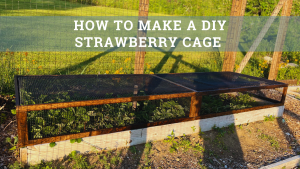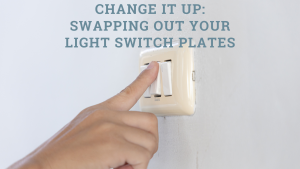How to Attract Songbirds to a Yard
10 Tips to Bring Songbirds to Your Yard
Watching songbirds as they visit your property is one of the joys of having a backyard and garden. Their distinctive and musical calls greet you each time you step outside, while their antics and squabbles offer a good laugh. Birds also perform an important ecological service in reducing insect populations and dispersing the seeds of plants and trees. Simple support from you can increase the number and species of songbirds that dwell in your garden year round or that return each season after migration. Here are some tips for turning your yard and garden into a haven for songbirds by providing the right kind of access to food and water.
- Consider which species of songbirds inhabit your geographic area and determine which you would like to entice to your yard. Visit the library or Web to learn about their feeding preferences and behaviors before choosing among three basic types of bird feeders and the endless mixes of birdseed. Planting appropriate flowers and shrubs will also enhance the bird population around your home.
- Select a hopper feeder that typically is constructed of wood with four walls and a top to protect birdseed from the elements if you want to attract songbirds of all sizes and shapes. These feeders are usually available in bigger sizes that require less-frequent filling. The size of the feeder can also affect the size of the bird that can comfortably feed there. Large perching birds like blue jays and tree-clinging birds such as woodpeckers and nuthatches can grasp the textured wooden surface of a hopper feeder and even hang upside down. Both would have difficulty on the slippery little perches on other types of feeders intended for smaller birds.
- Choose a platform/tray feeder in the correct size as an alternative to a hopper feeder. This style lets you spread the seed across an open, flat surface equipped with a roof to keep the food dry. It accommodates a wide variety of avian visitors and is easy to fill and clean. Depending on the size of the tray feeder and the height of the roof, cardinals, black-capped chickadees, and tufted titmice might be common visitors. Surprisingly, larger birds can prove to be acrobats and contortionists on small feeders in order to pick out choice seeds for themselves.
- Hang up a tube or silo feeder on a post or tree branch for finches, sparrows, and wrens, etc. These feeders fill from the top and let the seed filter down to a number of perches along the tower. The shape, location, and dimensions of the perches determine who gets to dine. Larger birds may be clever and nimble enough to grasp two perches in order to peck up seed before they slip off. Smaller birds have no problem clasping the perches of any size and shape. Some specialty feeders for birds such as goldfinches have the perches above the seed opening, because they are adept at feeding upside down.
- Place feeders where new birds can see them and the presence of other birds feeding can assure them. For shy birds, a quiet location that lets you view them from a window is better. Positioning feeders near trees and shrubs offers birds both a seat and a refuge while they wait their turn.
- Mount the feeder high enough from the ground to avoid putting birds at risk of attack from cats and dogs or wild predators such as snakes and hawks. Avoid locations that provide easy access to squirrels. These rodents will take advantage of the most impossible access and gobble sunflower seeds and peanuts while spilling the rest.
- Position feeders in locations that are convenient for you! You will be filling them in all kinds of weather. Your comfort in watching the activities over morning coffee or from easy vantage points is also important.
- Select a site where the unsightly mess of feathers and bird droppings will not be an issue. Know also that sunflower seed hulls dropped on the ground will prevent grass from growing, so anticipate bare spots beneath the feeder if you use that type of bird feed.
- Purchase the type of bird food that will attract the kinds of songbirds that you want to see in your garden. Avoid use of corn and other "big bird" grains that may attract aggressive birds such as grackles and crows that will consume more than their share and intimidate the smaller birds.
- Consider adding a birdbath or a large plant pot saucer readily filled with water. Birds need to drink as much as they need to eat. If you have a pond or other water feature at your home, add enough rocks to make a safe drinking platform that is the right elevation for the songbirds. Steep sided rocks and overhangs do not offer safe easy access.
Blog Articles
Maximize Your Yield with DIY Netting for Strawberry Beds
Keep your strawberries safe from pests with our DIY strawberry cage netting solution. Learn how to create sturdy frames and find the best netting for your strawberry plants.
Change It Up: Swapping Out Your Light Switch Plates
Tired of boring light switch covers? Upgrade your home decor with this simple guide on replacing light switch plates and make a statement in every room.
Revamp Your Outdoor Space: How To Stencil A Concrete Patio
Learn how to create a stunning patterned concrete patio with our easy-to-follow instructions for stenciling. Upgrade your outdoor space in no time.





